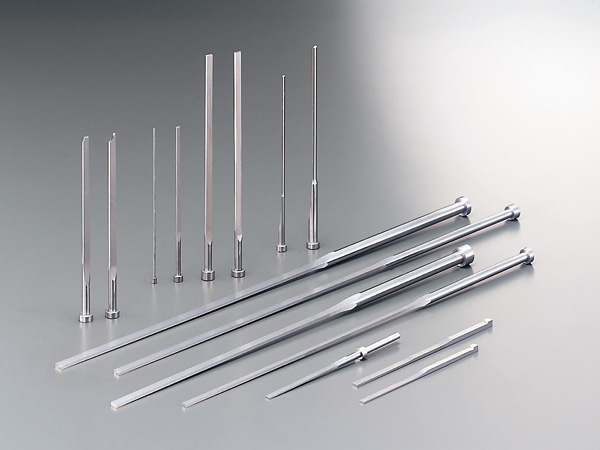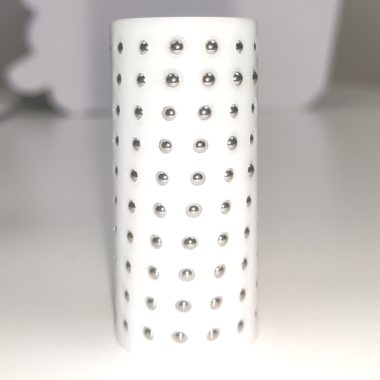Ejector Pins for Quick Mold Change System: Enhancing Efficiency and Productivity
In the realm of modern manufacturing, efficiency and productivity are paramount. Quick mold change systems have emerged as a critical solution to minimize downtime and optimize production processes. Among the various components that contribute to the success of such systems, ejector pins play a vital role in expediting the mold changeover process.
Table of contents
Understanding Quick Mold Change Systems
Quick mold change systems are designed to streamline the process of swapping molds in injection molding and other manufacturing operations. Traditionally, mold changes could be time-consuming and labor-intensive, leading to significant downtime and reduced overall productivity. Quick mold change systems aim to address these challenges by allowing molds to be changed rapidly, often in a matter of minutes.
The Role of Ejector Pins
Ejector pins are integral components within quick mold change systems. Their primary function is to facilitate the efficient removal of molded parts from the mold cavities. During the injection molding process, plastic material is injected into the mold cavities to form the desired shapes. Once the material has cooled and solidified, ejector pins are activated to push the finished parts out of the mold.
Benefits of Ejector Pins in Quick Mold Change Systems
- Reduced Downtime: Ejector pins enable a swift and reliable removal of molded parts from the mold. This expedites the mold change process and significantly reduces machine downtime between production runs.
- Enhanced Productivity: With ejector pins, the time spent on manually removing parts from the mold is eliminated. This leads to increased overall productivity and output.
- Consistency: Ejector pins ensure uniform and consistent part ejection, minimizing the risk of defects and ensuring high-quality finished products.
- Operator Safety: By automating the ejection process, ejector pins enhance operator safety by reducing the need for manual intervention in potentially hazardous areas.
- Versatility: Ejector pins can be customized to suit different mold configurations and part geometries, making them adaptable to a wide range of manufacturing applications.
Implementation and Integration
Integrating ejector pins into a quick mold change system requires careful consideration of mold design, machinery compatibility, and safety protocols. These pins need to be strategically positioned within the mold to facilitate smooth part ejection. Furthermore, their operation should be synchronized with the mold change sequence to ensure seamless performance.
Conclusion
Ejector pins are an essential component of quick mold change systems, contributing to the efficiency, productivity, and safety of modern manufacturing processes. By automating the part ejection process, these pins reduce downtime, enhance operator safety, and enable manufacturers to achieve higher levels of productivity. As the manufacturing landscape continues to evolve, ejector pins remain a cornerstone of innovation in the pursuit of streamlined and agile production systems.






